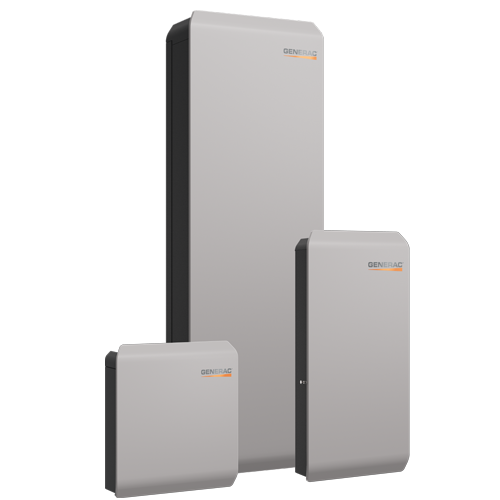PWRcell 2 Solar Battery Storage System
Spec Sheet Explore backup with PWRcell 2
Battery Cabinet: APKE00076
3.0 kWh DCB Battery Module: G0080041
Smart Disconnect Switch (SDS): APKE00067
Inverter: APKE00075

Spec Sheet Explore backup with PWRcell 2
Battery Cabinet: APKE00076
3.0 kWh DCB Battery Module: G0080041
Smart Disconnect Switch (SDS): APKE00067
Inverter: APKE00075

Homeowners can monitor real-time data of their PWRcell system from anywhere with a smartphone or tablet, using the PWRview app.
PWRcell 2 lets you use solar and battery at the same time and allows a generator to recharge the battery, maximizing home backup power.
PWRcell 2 includes an ecobee Smart Thermostat Enhanced, providing a convenient in-home display for viewing real-time energy flow, solar performance, battery status and outage details.
Scalable, High-Capacity Storage
PWRcell 2 features a modular design that allows the system to range from 9 – 18 kWh of storage capacity in a single cabinet, providing up to 33% more backup capabilities and savings opportunities than the industry leader.
Uninterrupted Switchover with SDS
Avoids power interruptions when grid goes out and the home switches to battery backup, protecting sensitive electronics.
ecobee Temperature Optimization
An integrated ecobee smart thermostat can help extend backup duration in an outage by automatically adjusting temperature to conserve stored energy.
Generator Integration
Adding a Generac home standby generator up to 28 kW provides the ultimate peace of mind and energy independence with virtually endless* backup capabilities.
*Subject to fuel availability
US-based Homeowner Support
Generac provides US-based support for homeowners to assist with troubleshooting.
Power of the Generac Brand
We've been keeping the lights on since 1959, making us one of the leading home energy experts in the industry.